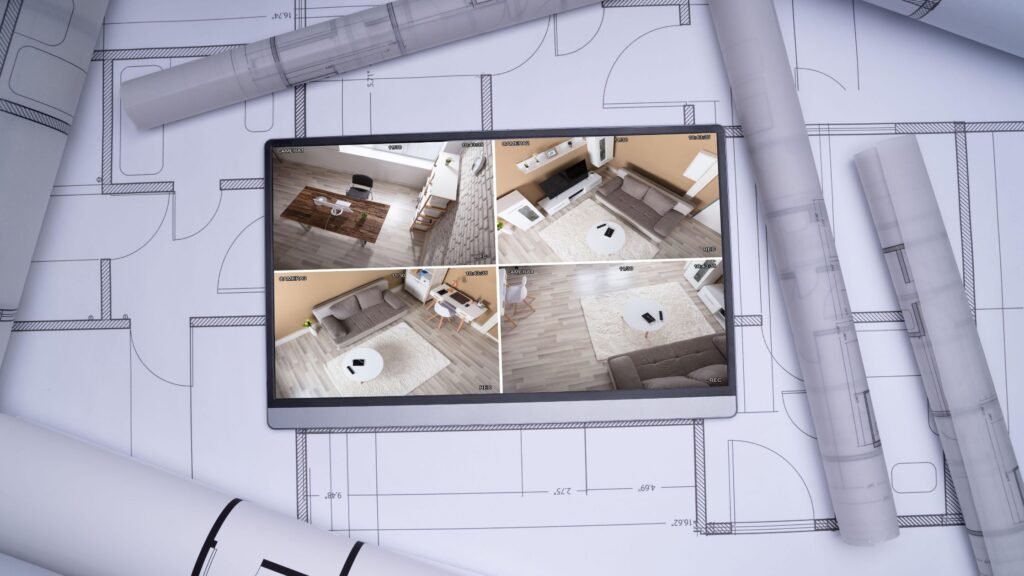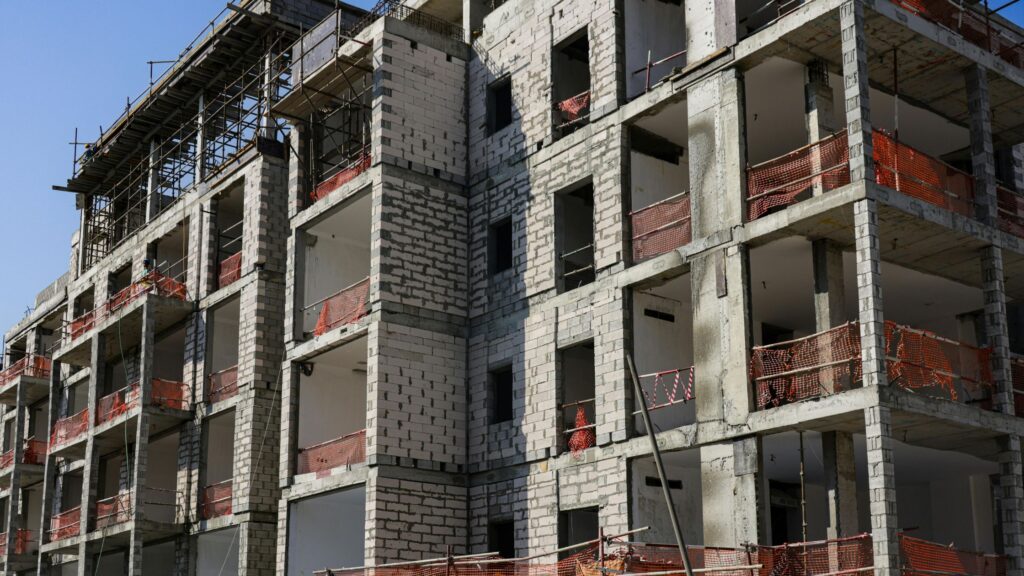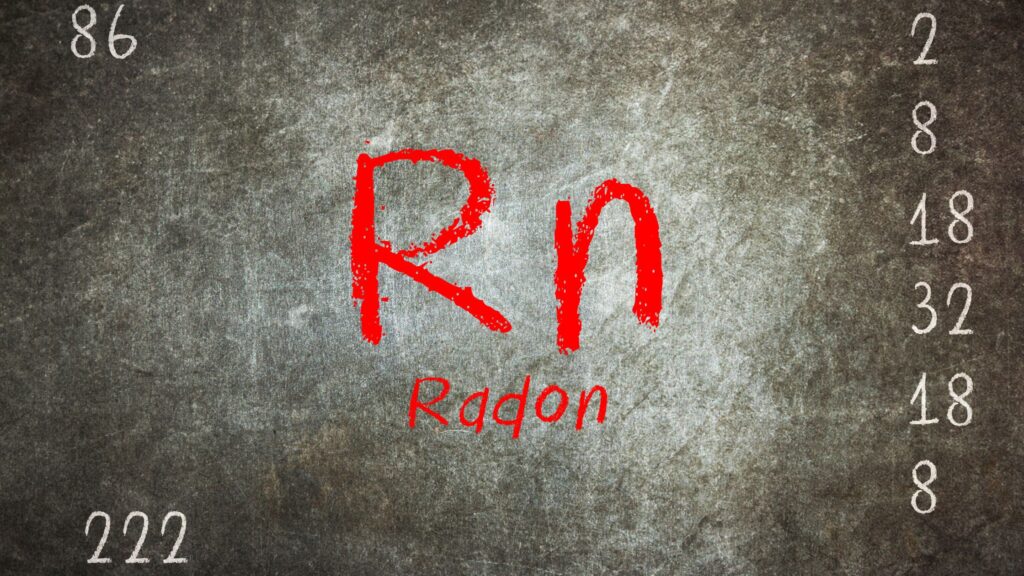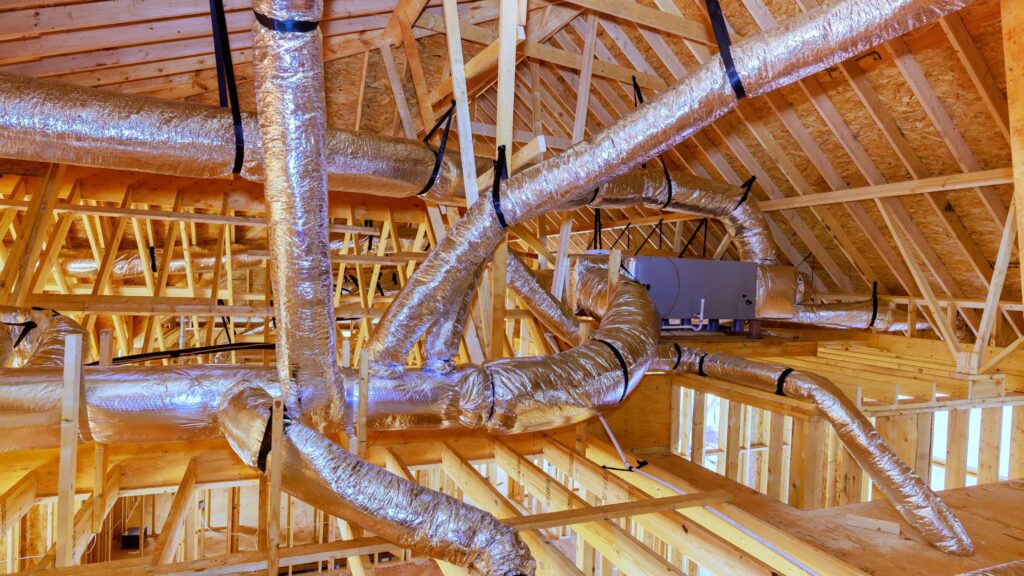Radon is a dangerous indoor pollutant and the second leading cause of lung cancer after smoking. Apartments face higher risks because multiple units share foundations and ventilation systems, allowing radon to spread more easily. Since the gas is invisible and odorless, it often goes undetected until testing reveals high levels.
Installing a radon mitigation system for apartments is the most effective way to reduce exposure and protect residents. Beyond health, mitigation improves property value, ensures compliance with safety standards, and builds tenant trust.
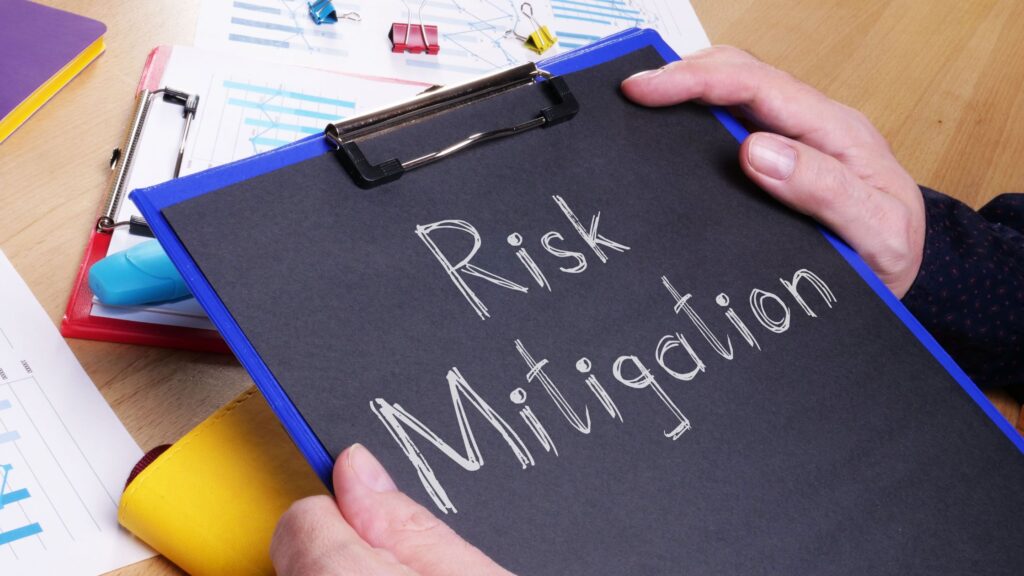
What is Radon & Why Apartments Are at Risk
Radon is a radioactive gas formed when uranium in soil and rock breaks down. It seeps into buildings through cracks, foundation gaps, drains, or service pipes. Once inside, it collects in basements, ground-floor units, and poorly ventilated rooms. Learn more about Radon Mitigation System Cost to Install.
a) Why Apartments Are More Vulnerable
- Shared foundations: Multiple entry points increase exposure.
- Ground-floor risk: Basements and first-floor units face the highest levels.
- Limited ventilation: Sealed windows can trap radon indoors.
- Utility pathways: Plumbing chases and shafts allow gas to spread.
b) Health Impacts
Prolonged radon exposure damages lung tissue and increases cancer risk. The EPA links radon to thousands of deaths annually. Children, elderly residents, and those with respiratory issues are especially vulnerable.
Key Types of Radon Mitigation Systems
The right system depends on building design and foundation type.
- Sub-Slab Depressurization (SSD): Suction points beneath slabs pull radon from the soil and vent it above the roofline.
- Drain-Tile Suction: Uses perimeter drain tiles to collect and vent radon.
- Block-Wall Depressurization: Removes radon from hollow block walls common in older apartments.
- Sub-Membrane Systems: Crawl spaces are sealed with heavy membranes and vented with fans.
- Combination Systems: Large complexes often require hybrid solutions.
Choosing the Right System
A mitigation system must match the building’s layout and needs. While DIY kits exist for homes, apartments require professional evaluation because of their size and complexity. Certified radon contractors assess the building and choose the most effective solution. Key considerations include:
- Foundation & Soil Type: Soil permeability and foundation design influence system choice.
- Number of Units: Larger buildings may require stronger fans and multiple suction points.
- Vent Routes: Pipes must vent above the roofline, away from windows and balconies.
- Regulations: Licensed professionals ensure compliance with codes and safety laws.
- Tenant Impact: Systems should be designed to minimize disruption during and after installation.
Professional evaluation ensures the system performs as intended, protecting both tenants and property owners.
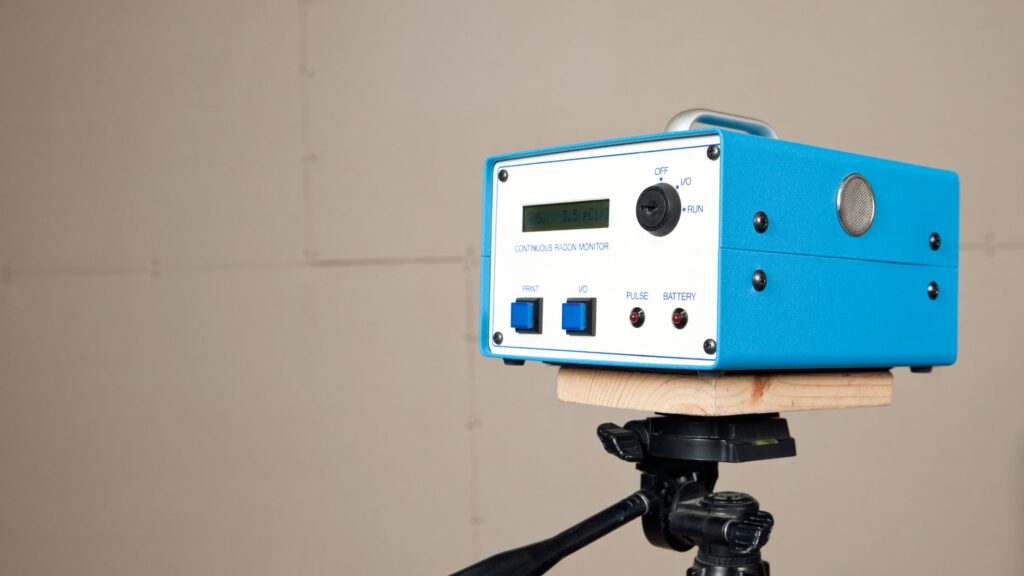
Maintenance & Costs of Installation
A) Maintenance
Mitigation systems need regular care:
- Inspect fans annually for performance.
- Monitor suction gauges.
- Seal new cracks in slabs or walls.
- Replace worn membranes or filters.
B) Cost Considerations
Costs vary by building size and design. Smaller complexes may require modest systems, while large apartments need more extensive setups with multiple fans and piping. Although initial investment is higher than for single homes, the benefits in safety and liability reduction far outweigh expenses. Annual maintenance costs are minimal.
Benefits of Radon Mitigation
Installing a mitigation system provides clear advantages:
- Reduced Cancer Risk: Lower radon levels significantly cut lung cancer risk.
- Improved Air Quality: Cleaner air benefits children, the elderly, and those with asthma.
- Peace of Mind: Tenants feel safer knowing radon is controlled.
- Property Value: Certified systems improve rental and resale potential.
- Community Health Gains: Apartment complexes with mitigation see fewer health complaints, lower absenteeism, and greater tenant satisfaction over time.
Legal and Regulatory Considerations
In many regions, radon testing is mandatory before renting or selling apartments. Landlords may also be required to disclose results. Ignoring mitigation can lead to legal disputes, financial penalties, or damaged reputation.
- Disclosure laws: Some states require landlords to share radon test results with tenants before signing leases.
- Building codes: New construction in certain areas must include passive radon systems.
- Public housing: Many housing authorities require testing as part of standard safety protocols.
- Tenant rights: In some jurisdictions, tenants can demand mitigation if tests show unsafe radon levels.
By addressing radon early, property owners not only avoid penalties but also show a strong commitment to resident well-being. This proactive approach strengthens tenant trust and protects long-term property value.
Trends & Best Practices
Current Trends related to radon mitigation include:
- Passive-to-Active Systems: Passive pipes in new builds can be upgraded with fans.
- Smart Monitoring: Digital detectors provide real-time alerts.
- Energy Efficiency: Modern fans consume less power.
- Green Standards: Certifications increasingly require mitigation.
- Integration with Smart Homes: Radon monitors now connect with smart systems for easier oversight.
and best practices regarding radon mitigation include:
- Test all basement and ground-floor units.
- Educate tenants about radon safety.
- Keep records of testing and maintenance.
- Plan mitigation during construction for efficiency.
- Schedule follow-up testing after installation to confirm effectiveness.
Conclusion
A radon mitigation system for apartments is not just an upgrade—it is essential for health, compliance, and tenant trust. Radon exposure poses serious risks, and responsible property managers must take action.
By choosing the right system, maintaining it properly, and staying compliant with legal requirements, owners safeguard communities and reduce liability. Mitigation also provides a competitive edge, as more tenants seek homes with proven safety measures.
Public awareness of radon is growing, and apartment buildings with effective systems are better positioned to attract health-conscious tenants. In the long run, radon mitigation is not only a safety measure but also a smart business investment.
For professional solutions and expert guidance, trust DSM Radon — your reliable partner in delivering certified radon mitigation systems for apartments.
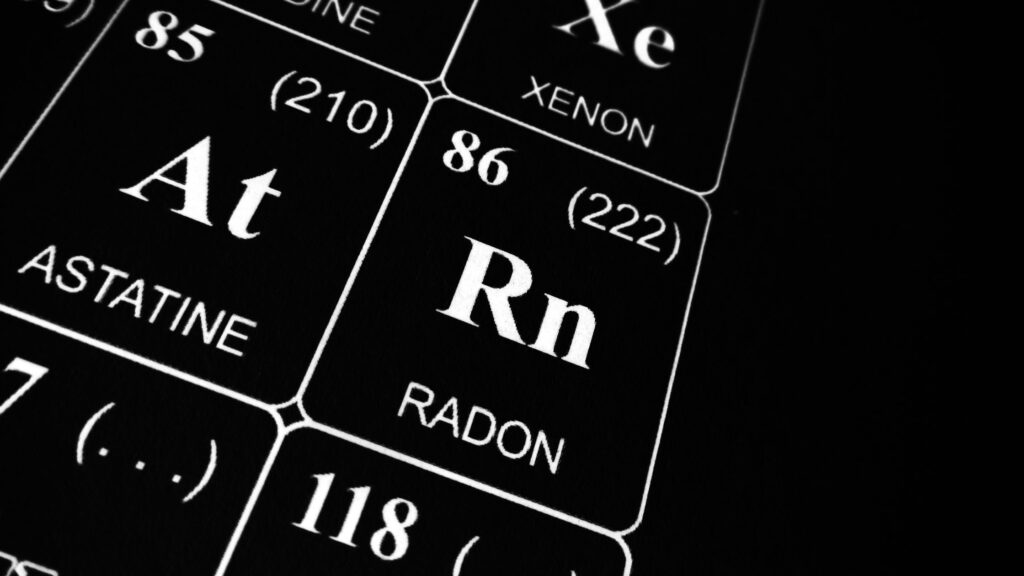
FAQs
1. How often should apartments test for radon?
After construction, major renovations, and every 2–3 years.
2. Can one mitigation system serve multiple units?
Yes. Properly designed systems with enough suction points can cover multiple apartments.
3. How effective are mitigation systems?
Well-installed systems reduce radon levels by 80–99%.
4. Is installation costly for apartments?
Costs vary, but the long-term health and compliance benefits outweigh the expense.

